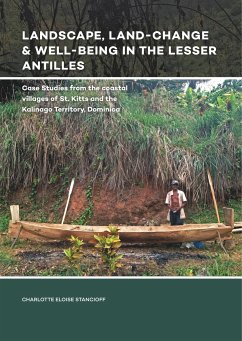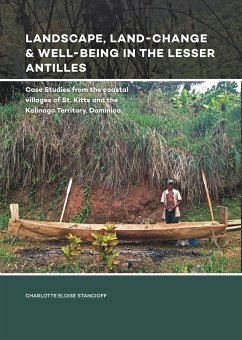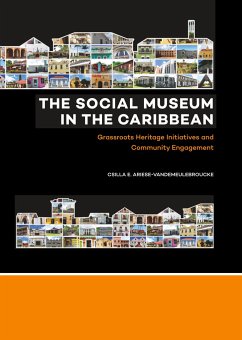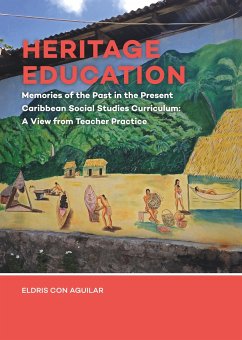
Hispaniola - Hell or Home?
Versandkostenfrei!
Versandfertig in 1-2 Wochen
26,99 €
inkl. MwSt.

PAYBACK Punkte
13 °P sammeln!
Grand Narratives of colonization, especially ones related to the Spanish and Portuguese Americas, began circulating soon after 1492. The danger of these Grand Narratives is that they are often mistaken as reality and eclipse all other possible narrations pertaining to a particular place and/or time. As more Caribbean territories become independent, the questioning of Grand Narratives has permeated many disciplines in the region, and archaeology is no exception.This work attempts to examine the lifeways at the archaeological site of Concepción de la Vega during its occupation from 1494 through...
Grand Narratives of colonization, especially ones related to the Spanish and Portuguese Americas, began circulating soon after 1492. The danger of these Grand Narratives is that they are often mistaken as reality and eclipse all other possible narrations pertaining to a particular place and/or time. As more Caribbean territories become independent, the questioning of Grand Narratives has permeated many disciplines in the region, and archaeology is no exception.This work attempts to examine the lifeways at the archaeological site of Concepción de la Vega during its occupation from 1494 through 1564, using a Decolonial approach. Situated in present-day Dominican Republic (Hispaniola island), this site was one of the earliest and most affluent in Caribbean colonial history.The Decolonial approach used here critically analyzes and reinterprets primary data about Concepción from the point of view of those colonized, particularly non-elite, Indigenous peoples, and those of African descent. This approach uses various sources of data to recreate early lifeways, and helps gain a better understanding of the process through which the Spanish-American cultural tradition was created, and later disseminated, to the rest of Latin America.Contents1 INTRODUCTION2 THEORY AND METHODOLOGY3 ARCHAEOLOGY OF ARCHAEOLOGY: CHRONOLOGY OF ARCHAEOLOGICAL INTERVENTIONS AT CONCEPCIÓN DE LA VEGA4 HISTORY OF HISTORY: PARTIAL CHRONOLOGY OF MILITARY, POLITICAL AND DIPLOMATIC EVENTS AFFECTING INTERACTIONS AT CONCEPCIÓN DE LA VEGA (1494-1564)5 HISTORY AS A PROCESS: SOCIOCULTURAL AND BIOPHYSICAL INTERACTIONS AT CONCEPCIÓN DE LA VEGA IN NON-DOMESTIC SPACES (1494-1564)6 ARCHAEOLOGICAL ANALYSIS OF ARTIFACTS, ARTIFACT USE AND DISTRIBUTION PATTERNS7 INTERPRETATION AND COMPARISON8 CONCLUSIONS AND RECOMMENDATIONS FOR FUTURE RESEARCH












